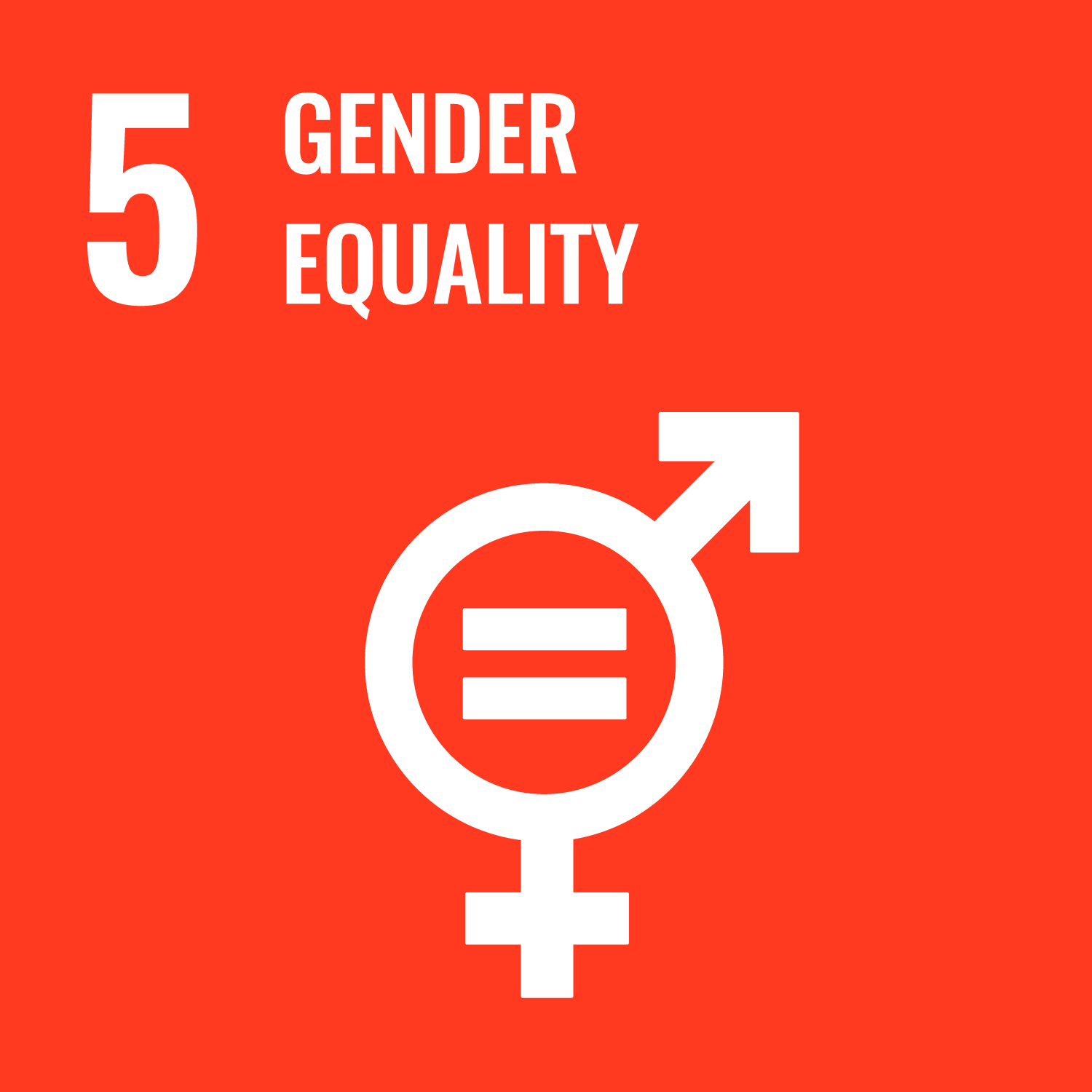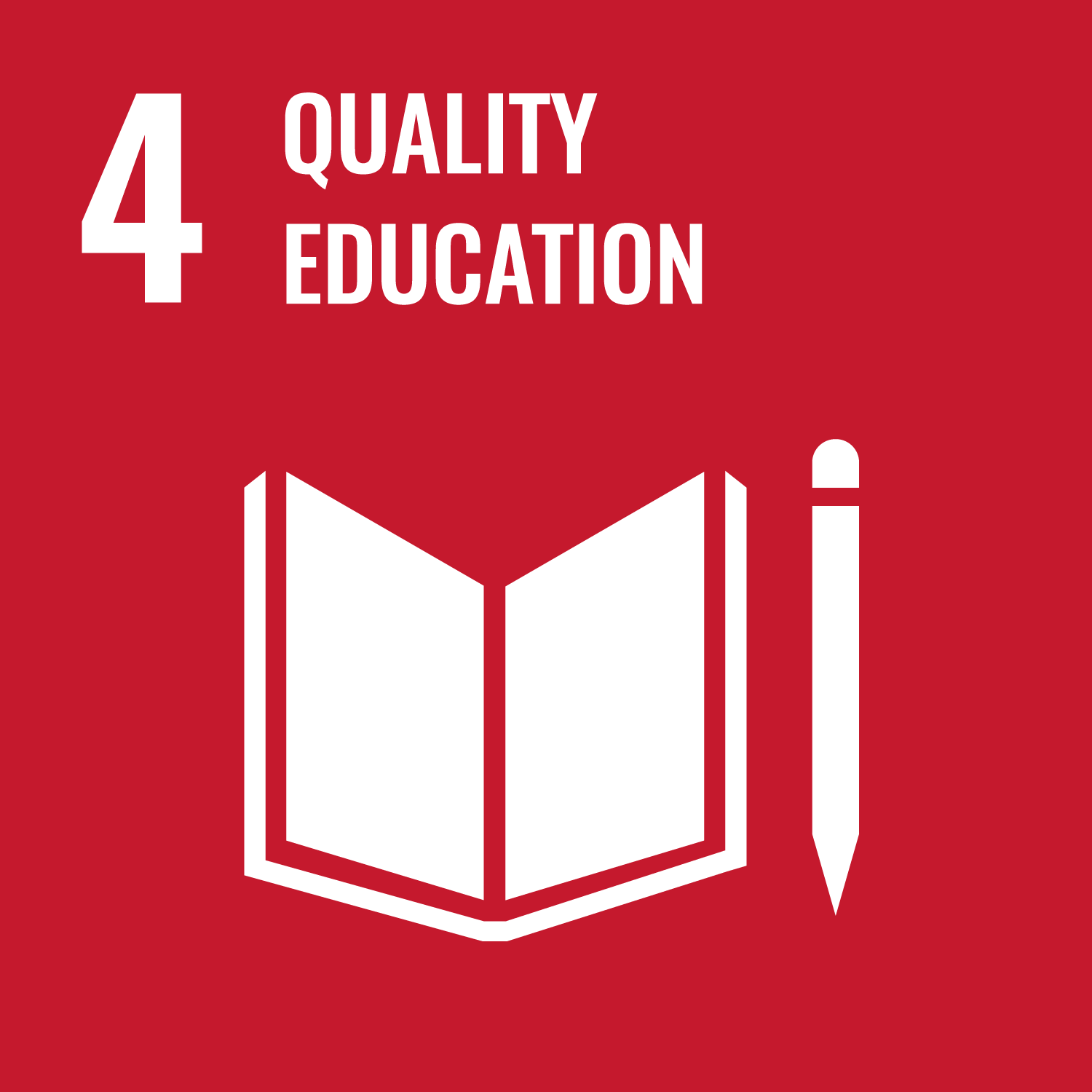How our mission drives the SDGs
Impact
Katla Carbon has launched its first projects in partnership with local grassroots organizations in Zambia, ensuring secondary education of marginalized girls who otherwise would not be afforded that opportunity.
There is an interlinkage between ensuring girls’ access to education and preventing child, early and forced marriage as well as teenage pregnancy. A host of Zambia-based organizations are experts at running programs that ensure the education of girls, whereby empowering communities, preventing child marriages and teenage pregnancies.
Katla Carbon is taking the necessary steps to prepare its projects for verification against ÍST TS 92:2022. The technical script ÍST TS 92:2022 is used for planning and managing GHG projects, following requirements outlined in ÍST EN ISO 14064-2, which cover, e.g., monitoring and documenting GHG performance, and ensuring data quality. It also includes additional principles and requirements not found in ÍST EN ISO 14064-2, e.g., for additionally and registration. The process of validation and verification must follow the guidelines set forth in ÍST EN ISO 14064-3.
The Role of Girls' Education in Sustainable Development
Despite making progress towards the UN Sustainable Development Goals (SDGs), Zambia still faces challenges in terms of SDGs 4 Quality Education and SDG 5 Gender Equality, with only 27% of girls graduating from secondary school (UNICEF, 2019) and 29% of girls already married by the age of 18 (UNICEF 2020).







